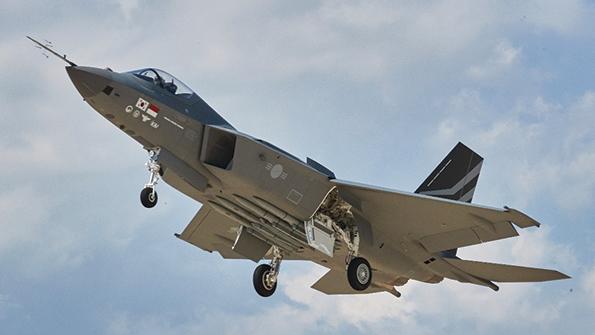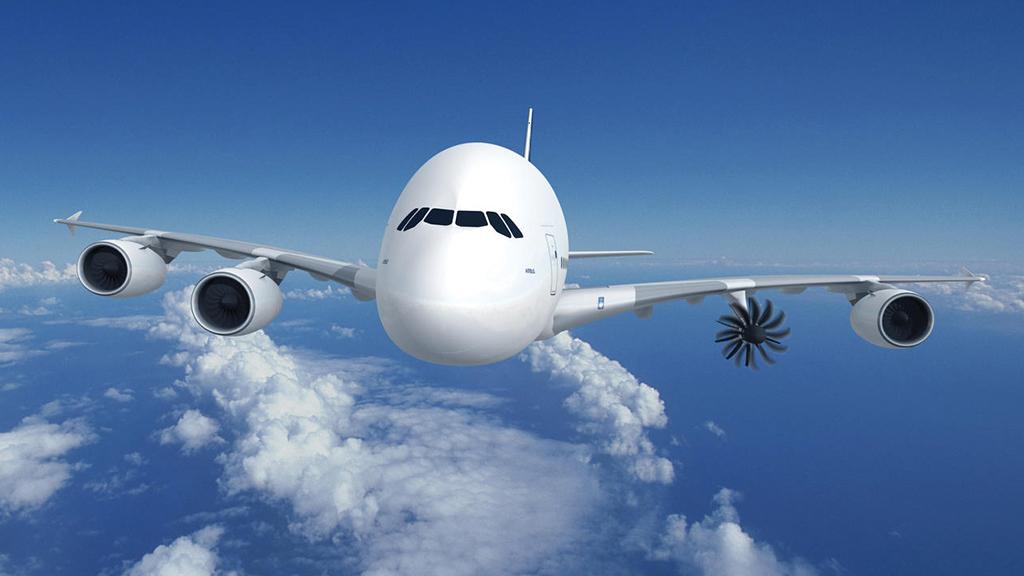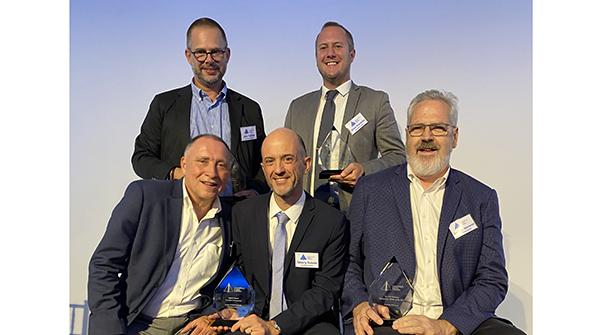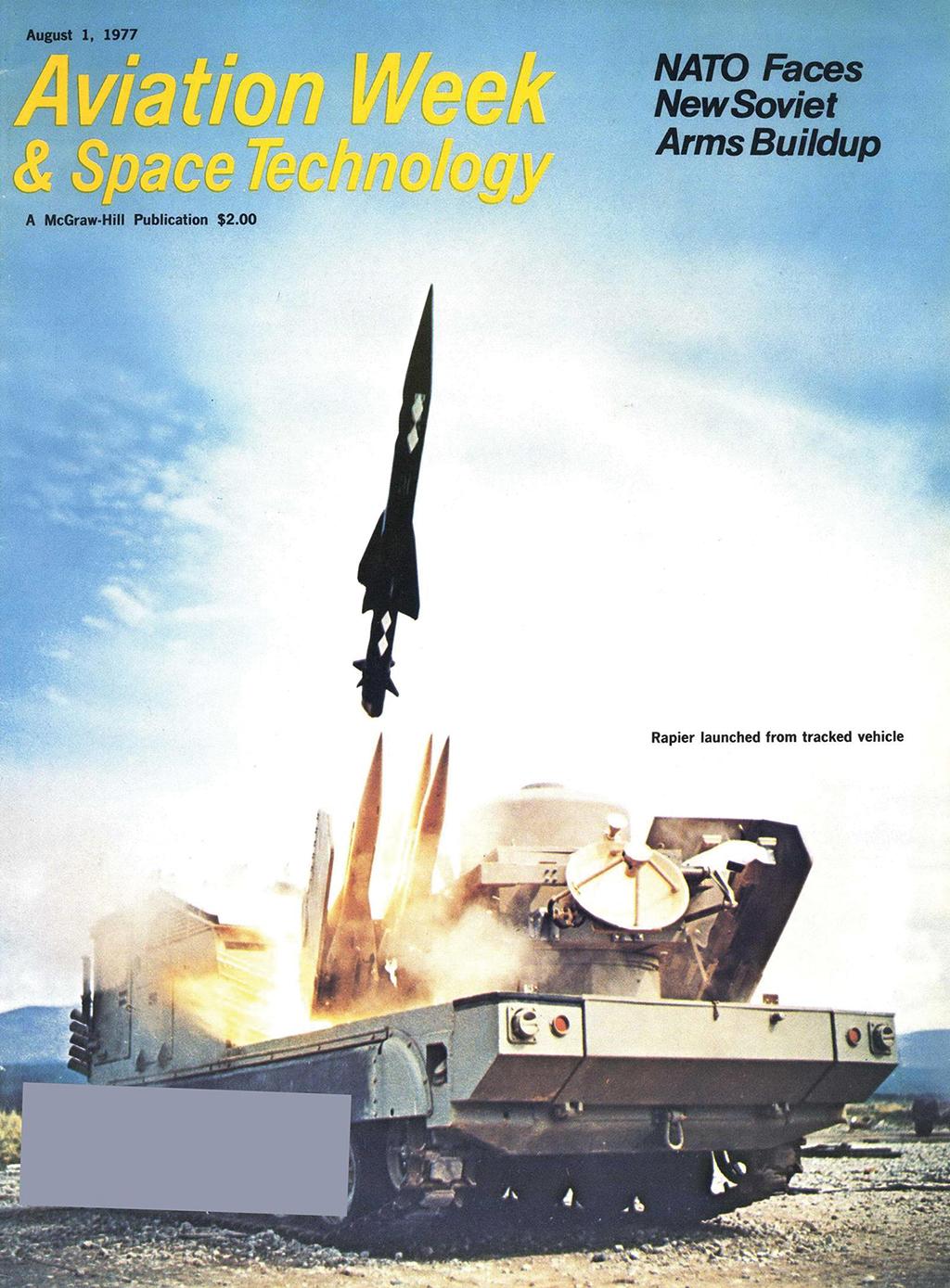
DEFENSE
Korea Aerospace Industries’ indigenously developed KF-21 Boramae fighter made a 43-min. first flight from Sacheon on July 19, powered by two GE F414s and carrying four captive MBDA Meteor missiles.
Raytheon’s DARPA-funded Hypersonic Air-Breathing Weapon Concept missile demonstrator has completed a second and final test flight above Mach 5, powered by a Northrop Grumman scramjet.
The UK is to fly a crewed, supersonic demonstrator within five years to support development of the Tempest combat aircraft to replace the Eurofighter Typhoon by the end of the 2030s.
Reaction Engines, with Rolls-Royce, is to develop technology for reusable Mach 5-plus vehicles for the 2030s under the UK Royal Air Force’s Hypersonic Air Vehicle Experimental program
Russia is developing a long-range anti-ship ballistic missile similar to China’s DF-21 and DF-26 “aircraft carrier killers,” reports state news agency Tass.
Safran Helicopter Engines and Hindustan Aeronautics Ltd. are jointly to develop a 2,700-shp turboshaft for India’s future 13-metric-ton-class Multi--Role Heli-copter.
Supplier issues have delayed delivery of the first Boeing VC-25B Air Force One replacement aircraft, a converted used Boeing 747-800, by 24 months, to September 2026.
Lockheed Martin has completed major assembly of the first F-16V Block 70/72 to be built in Greenville, South Carolina, with delivery planned for late 2023.
COMMERCIAL AVIATION
Airlines have harshly criticized London Heathrow Airport’s plan to cap passenger numbers to cope with the oversubscribed and understaffed post-pandemic rebound.

CFM International and Airbus are to flight-test an open-fan engine, with a rotor diameter of around 13 ft., under the wing of an A380 testbed in the second half of this decade.
The Russian government has injected $900 million into Aeroflot to support the restructuring of its debt after the termination of Western aircraft lease agreements.
The Civil Aviation Administration of China is to pump $450 million into each of the big three state-owned airlines—Air China, China Southern Airlines and China Eastern Airlines.
Pratt & Whitney has begun certification testing of the GTF Advantage, an upgraded version of its PW1100G geared turbofan aimed at a debut on the Airbus A320neo family in early 2024.
Safran’s largest heavy maintenance facility is to begin operations in Hyderabad, India, in 2025 with annual capacity for up to 300 Leap 1 engine shop visits.
American Airlines has confirmed delivery slots and committed to pre--delivery payments for its first 50 Vertical Aerospace VX4 electric vertical-takeoff-and-landing (eVTOL) air taxis.
EasyJet and Rolls-Royce have partnered to develop hydrogen combustion engine technology for mid-2030s narrow-bodies, supporting an early ground test in an AE2100 engine.
Airbus and seven airlines are to explore the supply of carbon removal credits from CO2 direct air capture. Boeing has partnered with Alder Fuels to expand production of sustainable aviation fuel.
SPACE
Russian President Vladimir Putin has installed former vice premier Yury Borisov as CEO of state space corporation Roscosmos, replacing Dmitry Rogozin.
Europe’s upgraded Vega-C, a more powerful and flexible version of the light launcher, made its first flight July 13 from Kourou, French Guiana.
TECHNOLOGY
Training provider CAE has teamed up with Piper Aircraft to develop a kit to convert the widely used Archer training aircraft to electric propulsion, with a Safran motor and H55 battery system.
Airbus Defense and Space has launched a services business based around its Zephyr high-altitude platform system, offering connectivity and Earth observation from the stratosphere.
Bristow Group has signed letters of intent with Elroy Air for 100 Chaparral hybrid-electric uncrewed cargo aircraft and with Lilium for 50 Lilium Jet eVTOL regional air taxis.
Autonomous flight startup Merlin Labs has completed a $105 million Series B round and partnered with the U.S. Air Force to bring autonomy to the Lockheed -Martin C-130J airlifter.
VIEW FROM FARNBOROUGH
UK Outlines Path to Net Zero
The UK government has published its Jet Zero Strategy—described by Transport Minister Grant Shapps as “Britain’s pitch to get to net-zero aviation.” The 83-page document sets out a timetable of aspirations to help the UK achieve net-zero emissions by 2050, with funding pledges attached to some nearer-term targets.
While the strategy is geared toward an aspiration for zero--emission flight, it acknowledges a need to reduce emissions using available technologies, with sustainable aviation fuel (SAF) a key ingredient. Pricing remains a barrier to SAF adoption, so the strategy includes funding for UK SAF plants to help the sector access a more reliable and substantially cheaper supply.
“It’s like any market: It’s expensive when you’re doing a little bit of it,” Shapps says. “You’ve got to get to the scale in order to reduce the costs. One of the things the strategy outlines is having five SAF factories set up in this country and having them be created by 2025.”
Public money to seed these plants will come from the new Advanced Fuels Fund, up to £165 million ($198 million) in capital grant funding to support first-of-a-kind commercial and demonstration plants over three years. “This is not pie in the sky,” Shapps says.
AWARDED

Aviation Week Wins Four Aerospace Journalism Awards
Six Aviation Week editors took home honors at the 2022 Aerospace Media Awards in London on July 17. Executive Editor for Technology Graham Warwick (bottom right) won the prestigious Bill Gunston Technology Writer of the Year Award. Accepting the award, Warwick noted that Gunston’s prolific writing has served as a model for him during his 44 years in aerospace journalism.
The award for Best Commercial Aviation Submission was won by Executive Editor for Commercial Aviation Jens Flottau (top left), Senior Propulsion Editor Guy Norris (bottom left) and Senior Business Editor Michael Bruno (not pictured) for their joint coverage of AerCap’s takeover of Gecas.
Pentagon Editor Brian Everstine (top right) picked up this year’s Best Young Journalist award. In addition, European Technology Editor Thierry Dubois (bottom center), who also serves as editor-in-chief of Aviation Week’s Show News, received a special commendation for his coverage of how hydrogen propulsion is taking root in Europe’s aviation industry.
The awards dinner took place at the Royal Aeronautical Society on the eve of the 2022 Farnborough International Airshow.
45 YEARS AGO IN AVIATION WEEK

Our Aug. 1, 1977, cover featured a new mobile version of the UK’s Rapier surface-to-air missile system based on a tracked vehicle. Built by British Aerospace, the Rapier had debuted six years earlier and was designed to intercept aircraft flying supersonically at low altitudes. The mobile system on our cover was being developed for Iran, one of many weapons purchases undertaken by that nation’s leader, Shah Mohammad Reza Pahlavi. But the shah would be driven from power within 18 months, before the system could be delivered. The Rapier held on much longer: It was deployed during the 1982 Falkland Islands War and was finally retired by the Royal Artillery this January, replaced by the Sky Sabre air defense system.





